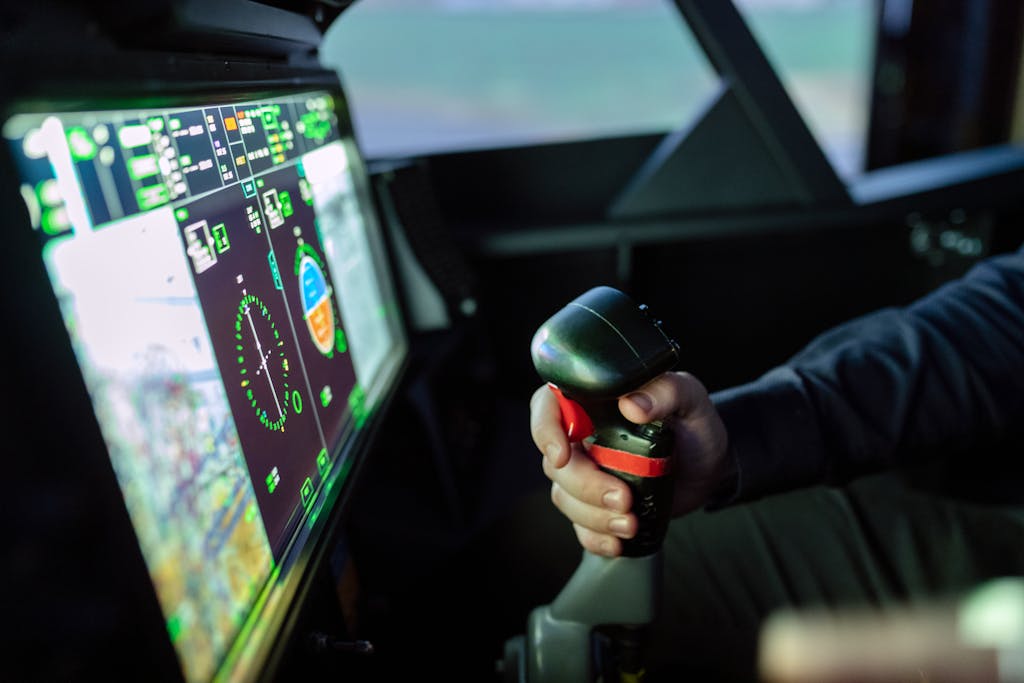In the realms of engineering and design, the difference between success and failure can hinge on the precision of measurements. Millimeters, though small, play a pivotal role in various fields, from the creation of intricate electronic components to the construction of massive architectural structures. This article delves into the importance of millimeter precision in engineering and design, exploring how such fine measurements underpin innovation, safety, and functionality in our modern world.
Precision Engineering: The Foundation of Technological Advancement
In precision engineering, the millimeter is often considered too coarse a unit, with measurements and tolerances frequently specified in micrometers or even nanometers, especially in fields like aerospace engineering and microelectronics. For instance, the manufacturing of semiconductor chips, the heart of all modern electronics, requires precision on the order of nanometers to ensure the chips’ functionality and efficiency. This level of precision ensures that electronic devices are faster, more reliable, and more energy-efficient.
Similarly, in the aerospace industry, the precise fitting of parts is crucial for the safety and performance of aircraft. A gap or misalignment of just a few millimeters can significantly affect the aerodynamics of an airplane, potentially compromising its structural integrity and flight capabilities. Here, millimeter precision in measurements and adjustments ensures that every component performs its function safely and efficiently.
The Art of Design: Balancing Aesthetics and Precision
In the world of design, whether it be industrial, architectural, or graphic, millimeters matter just as much. For architects and builders, millimeter precision in measurements can mean the difference between a seamless construction process and costly mistakes. In the intricate dance of form and function that characterizes good design, every millimeter must be accounted for to ensure that the final product not only meets the aesthetic vision but also adheres to safety standards and functional requirements.
For example, in furniture design, the comfort and ergonomics of a chair or a desk are often determined by measurements with millimeter accuracy. Similarly, in fashion design, millimeters can change the drape of a garment or the comfort of a shoe, directly impacting the wearer’s experience.
The Role of Technology in Achieving Precision
Advancements in technology have been crucial in enabling the high levels of precision required in engineering and design today. Tools such as CAD (Computer-Aided Design) software allow designers and engineers to conceptualize and test their designs with an unprecedented level of detail and accuracy. Meanwhile, manufacturing technologies like CNC (Computer Numerical Control) machining and 3D printing can realize these designs with millimeter precision, transforming digital models into physical objects that meet the exact specifications of the designer.
The Human Aspect: Skills and Challenges
Achieving millimeter precision is not just a matter of using the right tools; it also requires a high degree of skill and attention to detail from the engineers and designers themselves. The ability to measure, design, and manufacture with such precision is the culmination of years of training and experience, highlighting the human aspect behind technological achievements.
However, working at such levels of precision also presents challenges. Environmental factors like temperature and humidity can affect materials and measurements at the millimeter scale, requiring controlled conditions for certain types of manufacturing and assembly processes. Additionally, the cost of achieving high precision can be significant, impacting the feasibility of projects and the accessibility of high-precision products.
Conclusion
Millimeter precision in engineering and design is a testament to human ingenuity and our relentless pursuit of improvement. It enables the creation of products and structures that are safe, reliable, efficient, and aesthetically pleasing. As technology continues to advance, the importance of precision, down to the millimeter and beyond, will only grow, pushing the boundaries of what is possible and shaping the future of engineering and design.

Leave a Reply